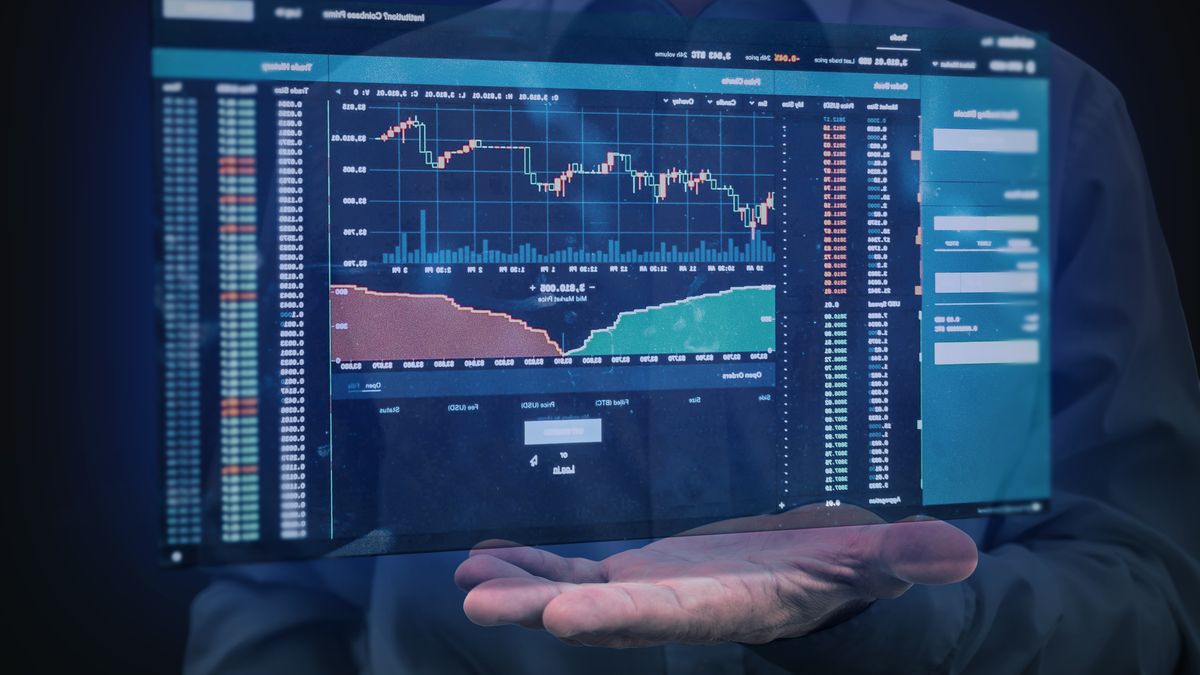The general increase in the State’s reference rates is going to have a couple of negative consequences for companies that take credit through Negotiable Obligations in the local market. On the one hand, less emissions are expected because they will have to compete with State rates and, at the same time, it is foreseeable that the Treasury take most of the money to finance your expenses and debt maturities.
Pablo Artusso, Ratings Manager of Moody’s Local Argentina, stated in this regard that “with effective annual reference rates close to 80%, we expect a significant decline in liquidity in pesos that will impact a lower volume of issuances in the local capital market and in a detriment of the company’s financial results.
However, the credit rating agency analyst considered that there is a low level of corporate indebtedness, which will mitigate the negative impact of the rate hike on balance sheets. For companies it will be more expensive to renew debt.
The BCRA rate remains negative in real terms compared to inflation in the coming months because it yields 5.4% against average monthly inflation that will be around 6.4% between July and September, according to private estimates. But it is thought that in a year it would tie prices.
For some mutual funds, like MegaQM, the increase in the rates of the Treasury and the BCRA generates a new equilibrium at levels higher than those of last year. “The rate scheme is once again similar in its structure to the one that was in force until December 2021, although clearly on a higher step. The gap between short and long rates is smaller and the premium paid by the Treasury over the BCRA has increased significantly,” says MegaQM.
LThe fund manager maintains that “the scheme in force until June was generating several problems” because it “systematically lost to inflation” and failed to generate the “necessary incentives for investors to turn to Treasury debt instruments.” Mega QM states that “in the short term, these rate movements should be moving to the market in the form of a higher premium for interest-bearing accounts and an increase in short-term lending rates.” In other words, credit to the private sector will become more expensive.
Nery Persichini, Head of Research & Strategy at GMA Capitalnoted that “A return to orthodoxy is being seen, a way of doing monetary policy reviled by this management until now”. Persichini said that “the Leliq at 80% annual (TEA) and Ledes at 90% (TEA) still not able to compensate the expected inflationbut they are closer. “The change of course was central to momentarily stopping the run on the dollar. Going forward, however, hard-hitting fiscal definitions are lacking,” he noted.
Ezequiel Zambaglione, Head of Strategy at Balanzindicated that “the Treasury was going to have to validate the rate that was necessary” to be able to attract financing in the market but at the same time “It was necessary that the BCRA rate accompany to absorb the pesos that the Treasury spends.” Zambaglione considered that from now on the Central Bank “will have to be closer” to the rates determined by the Government’s tenders “so that the pesos return quickly to the financial system.”
On your side, Sergio Chouza, director of the Sarandí consultancy, stated that “most of the economic spectrum said that the closure of the program with the IMF was with a positive rate but Until now, there had been no decision to make that disclosure”. “The rate is quite close but it is missing,” said the economist.
Source: Ambito
David William is a talented author who has made a name for himself in the world of writing. He is a professional author who writes on a wide range of topics, from general interest to opinion news. David is currently working as a writer at 24 hours worlds where he brings his unique perspective and in-depth research to his articles, making them both informative and engaging.




